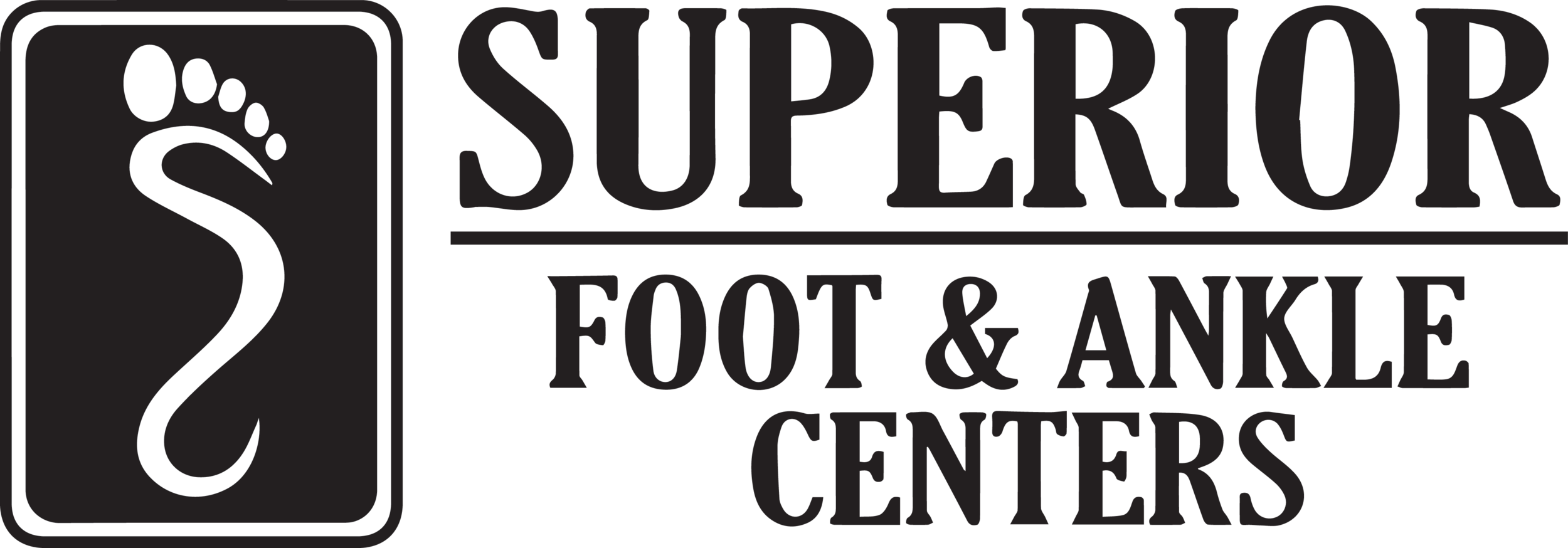COLD FEET MAY BE MORE THAN ANNOYING
Winter is good for getting a chill going, especially when the temps fall into the single digits. For those exposed, these conditions usually leading to some frozen feet. Once in a warm environment, the feet should warm appropriately. When chilly toes and frigid feet are a frequent occurrence, even when you're in warmer surroundings, it may be a sign of a significant medical condition, with the potential for life-changing complications. If some type of pain is associated with these sensations, it’s another reason to be concerned you may be suffering from problems with blood flow.
Blood is the substance spreading heat throughout the body. When this essential fluid does not flow freely, regardless of the reason, your feet will be colder than is reasonable, given the current climate. There are multiple reasons this situation arises. The amount reaching the feet may be inadequate because of a nerve problem since they control how constricted, or how opened, your arteries are. Until those nerves tell the arteries to relax and open up, a warm environment doesn't lead to the thawing feet. The most common example is Raynaud's, which can be a subtle annoyance for some, all the way to a life-altering, agonizing disability.
Many Americans suffer from clogging of their arteries, generally referred to as PAD, Peripheral Arterial Disease. Again, PAD means less blood makes it to the feet, making them feel cold, especially in cold weather. This is a progressive condition, meaning it gets worse and flow lessens more over time. The first signal PAD is present may be a sore on the foot or leg that doesn’t heal. A physician specializing in wound care should evaluate the individual's vascular status as part of the initial assessment for the ulceration.
If you experience any of these changes, an evaluation of your blood flow by the appropriate physician is recommended and may lead to a diagnosis of a potentially deadly disease, even when no other signs of the condition are present.
